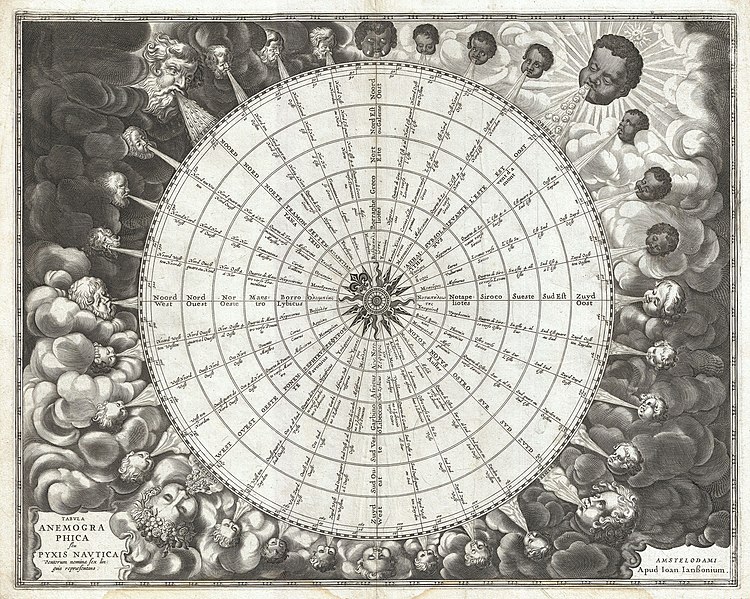Mynd:1650 Jansson Wind Rose, Anemographic Chart, or Map of the Winds - Geographicus - Anemographica-jannson-1650.jpg
Jump to navigation
Jump to search


Stødd av hesi forskoðan: 750 × 599 pixels. Aðrar upploysnir: 301 × 240 pixels | 601 × 480 pixels | 751 × 600 pixels | 961 × 768 pixels | 1,280 × 1,023 pixels | 5,000 × 3,995 pixels.
Upprunafíla (5,000 × 3,995 pixel, stødd fílu: 7.38 MB, MIME-slag: image/jpeg)
Søgan hjá fíluni
Trýst á dato/tíð fyri at síggja fíluna, sum hon sá út tá.
| Dagur/Tíð | Lítil mynd | Dimensjónir | Brúkari | Viðmerking | |
|---|---|---|---|---|---|
| streymur | 23. mar 2011 kl. 21:51 |  | 5,000 × 3,995 (7.38 MB) | BotMultichillT | {{subst:User:Multichill/Geographicus |link=http://www.geographicus.com/P/AntiqueMap/Anemographica-jannson-1650 |product_name=1650 Jansson Wind Rose, Anemographic Chart, or Map of the Winds |map_title=Tabula Anemographica seu Pyxis Nautica Ventorum Nomina |
Nýtsla av fílu
Fylgjandi síða slóðar til hesa fílu: